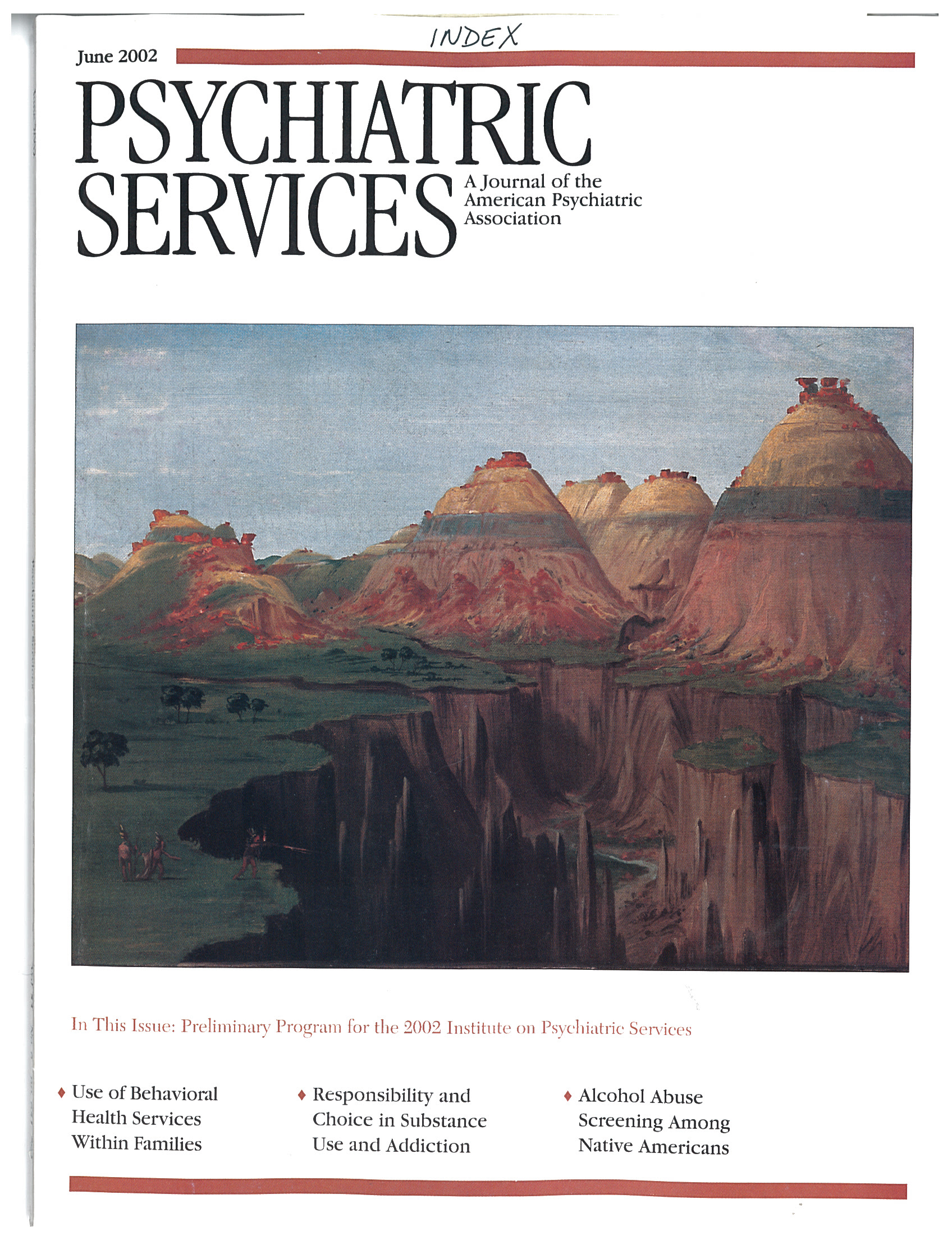An Exploratory Analysis of Behavioral Health Care Use Within Families
Abstract
OBJECTIVES: The authors studied enrollees in employer-sponsored managed health plans to determine the extent of multiple behavioral health consumers within families, use of behavioral health services by employees who have another family member using such services, congruence of diagnoses between two family members using behavioral health services, and the effect on covered charge per behavioral health consumer when other family members use behavioral health services. METHODS: Claims data from 911 plans sold or managed by a single managed behavioral health care company were examined. The plans provided coverage for 724,789 employees and covered about 1.7 million lives. Family members of employees were identified by the relationship codes on the claims. Service utilization rates were calculated for employees overall and for employees who had spouses or children who used behavioral health services. Mean and median covered charges were determined and were examined by number and type of consumers in the family. RESULTS: The use of behavioral health services was greater among employees whose children or spouses used behavioral health services. Utilization rates varied by the child's or spouse's diagnoses. More than 50 percent of male employees whose children received treatment for a depressive disorder also received such treatment. Congruence of diagnoses within families was noted. Covered charges per person generally increased with the number of family members who used behavioral health services. CONCLUSION: Greater knowledge about patterns of use of behavioral health services within families may help in improving access to care and developing more effective family interventions.



